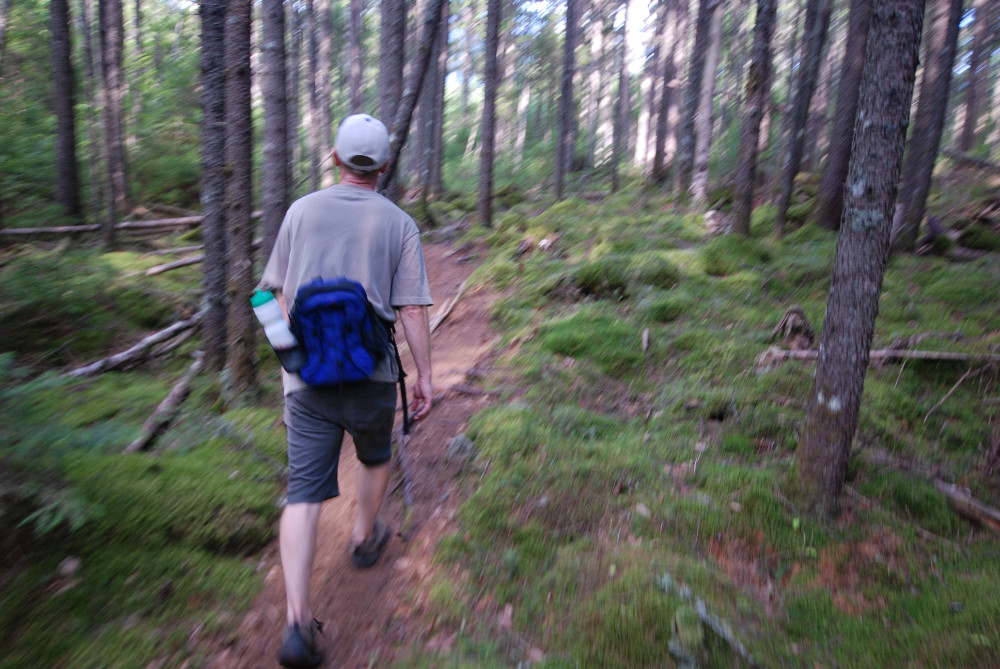

Even experienced hikers can find themselves in trouble if they encounter the unexpected, especially when hiking alone. Whether you are climbing a mountain or just going for a one-hour stroll through the local woods, it pays to keep the following tips in mind.
1. Let others know where you are going and when you plan to return, noting the specific trail you plan to take, if possible. This can be as simple as leaving a note on the dash of your vehicle, but it’s better to check in with someone when you get home to let them know you are safe.

2. Be prepared for changing weather, especially in the spring and fall. Conditions can vary significantly at different elevations, even in summer. Some trails may be extremely muddy or even closed due to lingering snow or ice, or impassible streams after heavy rainfall. Research your route before you go, and check with local land managers or outfitters to get the latest updates on trail conditions.
3. Dress in lightweight layers that can be added or removed as necessary. Wear breathable, moisture-wicking garments to keep your body from chilling when you stop to rest, and can be removed during strenuous exercise. It’s also a good idea to pack a lightweight rainjacket and pants, even on sunny days. You never know when a thunderstorm may form.
4. Wear appropriate footwear with good ankle support and protection from rugged terrain. Open-toed sandals may be comfortable, but they leave your feet and ankles vulnerable to injury. In spring and fall, pack a pair of crampons or ice cleats in case you encounter icy conditions. And make sure your boots are comfortable and well-fitting before starting your hike.
5. Do not rely on your phone to summon help. Assume that cell phone service will be unavailable, or that your phone battery may die. Pack a map and compass—and know how to use them. Alternatively, pack a handheld GPS navigator and extra batteries.
6. Pack a small, powerful flashlight or headlamp in case night falls while you are on the trail. A flashlight or strobe feature can also be used to summon help in an emergency. Again, do not rely on your phone flashlight.
7. Stay hydrated! Bring plenty of water and pack a portable water purifier so you can gather potable water from a stream, lake, or pond.
8. Pack a fire-starter kit and signaling devices, such as a whistle or strobe. If you really want to play it safe, invest in a personal locator beacon (PLB) or GPS messaging device. When activated, these handheld devices will let rescuers know you need help and lead them to your location using satellite positioning.
9. Pack a first-aid kit with bandages, disinfectant, tape, gauze, and pain-relief medicine.
10. Make a schedule—and stick to it. Give yourself plenty of time to complete your hike before dark and account for unforeseen delays. If you haven’t reached your destination by a certain time, turn back rather than risk being caught on the trail after nightfall.
